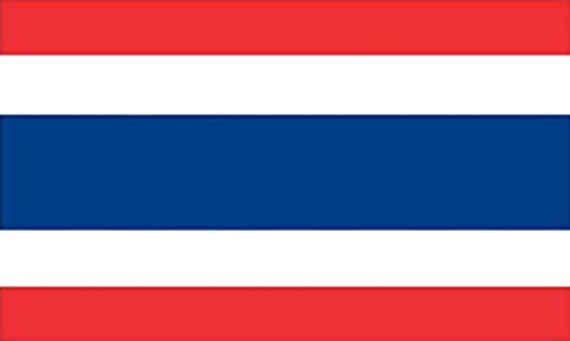Our grandchild turned three in 2017. His parents are bilingual French and English speakers, and French was mostly spoken in the home, although our grandson heard a high degree of English through various forms of media. My wife speaks to him in her first language of French. I speak no French and converse with him only in English. During our visits, we found how effortless it was for him to switch back and forth between languages when speaking to us at the same time. This prompted me to study more about bilingualism and the effects on a child’s learning and the ability to read.
Searching the internet, I found that a study performed by university researchers concluded that children learning to speak and read two or more languages simultaneously were at a greater academic advantage than monolingual children and children learning second languages sequentially.
“Another intriguing observation that follows from the present study is that dual-language education may provide bilingual children from
English-only homes with a “reading advantage,” whereby they may develop key components of successful reading and language ahead
of their monolingual peers in single-language learning context.”
Children exposed to two languages during their early developmental years (2-5), can easily learn to read simultaneously in both languages if given the right tools. Although there may be a slight lag in the beginning, these children soon surpass their peers in reading and language skills by the time they learn to read.
This information got me thinking. How do we teach children to read and is it different learning to read in two languages? Later in life, as I struggled to learn to learn Swedish, I discovered that I could find books in Swedish, but found almost nothing in bilingual text. So, I went to libraries and online bookstores and soon found that in the U.S., and even in Sweden, dual-text books were an anomaly.
Furthermore, I asked my wife, who worked in early education at the time, how immigrant families found books to read to their children in their native language. Dual-text books were nearly non-existent, apart from a few Spanish books, and even mono-lingual Swedish books were scarce in U.S. libraries. Dari, Vietnamese, Arabic, Chinese, Tagalog, Hindi, Ukrainian and other less common languages are nearly non-existent in the most language-diverse country in the world. Really? So, how do children find the tools they need to learn to read simultaneously in two languages. Well, they don’t! Or should I say they didn’t until the advent of a company in 2020 that started developing dual-text educational books in hard-to-find languages. Now public and school libraries can stock shelves within their language sections of books in 22 languages that can make a difference in an early learners’ life.
At Children Bilingual Books, we hope your library, your school, your home, provides the literature most needed for your early readers on their path to biliteracy.


























